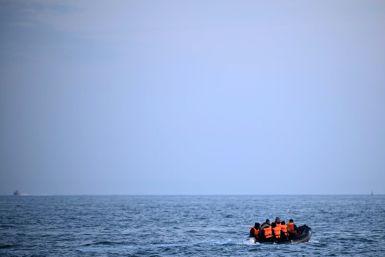Mega-earthquake alert: Scientists predict 9.0 magnitude earthquake in the Aleutians within 50 years; Hawaii to be devastated by tsunami

A team led by University of Hawaii researcher Rhett Butler has predicted a massive 9.0 magnitude earthquake in the Aleutians in the next 50 years. The scientists discovered evidence of an enormous “paleotsunami” in Makauwahi, on the south side of the Hawaiian island of Kauai.
A gigantic tsunami struck Hawaii about 500 years ago that was triggered by a devastating 9.0 magnitude earthquake off the coast of the Aleutian Islands in Alaska. The experts discovered the evidence in a huge sinkhole and cave. The tsunami likely brought 30 feet high waves.
If such a tsunami strike Hawaii today, most of its economy, infrastructure and coastal populations would be completely destroyed. Unfortunately, Butler and his team have predicted such an earthquake and tsunami in the next 50 years in the Aleutians that can destroy Hawaii. The study was published on Friday in the Journal of Geophysical Research.
The researchers studied plate-convergence rates and fault length. There is a 6-12 percent chance of such a huge earthquake hitting the Aleutians and causing a mega-tsunami that will destroy Hawaii. The tsunami would cause a damage of US$40 billion (AU$55 billion) and affect nearly 400,000 residents and tourists.
Next the scientists validated their model using data from five of the largest tsunamis since 1900. They also analysed geological samples, some also from the sinkhole discovered. The scientists with the help of the findings want to alert Hawaii officials of such a tsunami’s possibility so that they are able to take appropriate measures after prioritising the tsunami threat with other risks. They are also trying to estimate threats posed by smaller magnitude earthquakes in the Pacific.
Scientists are calling this mega-earthquake the “big one.” Although exiting tsunami warnings are not expected to change, a large evacuation area may be set aside for minimising loss of lives when the “big one” strikes. The researchers along with Civil Defence officials are devising inundation maps so as to prepare for the Great Aleutian Tsunami.






